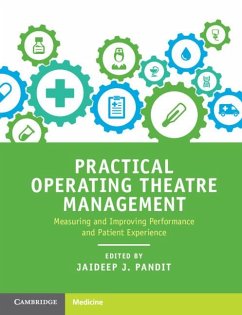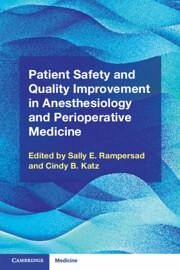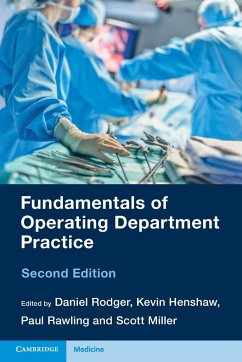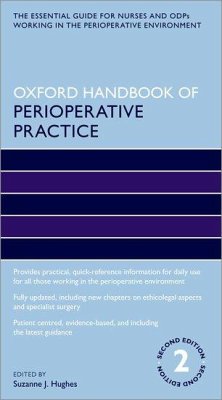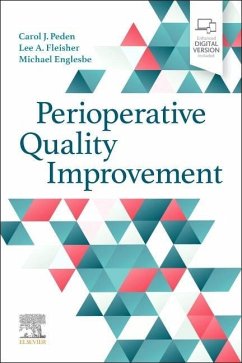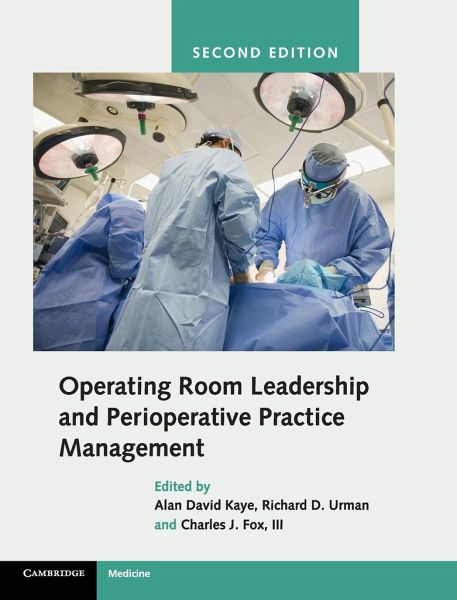
Operating Room Leadership and Perioperative Practice Management
Versandkostenfrei!
Versandfertig in 1-2 Wochen
107,99 €
inkl. MwSt.
Weitere Ausgaben:

PAYBACK Punkte
54 °P sammeln!
Management of the operating room is critical to ensuring that policies, systems and teams are efficient, safe and cost-effective. This book details the techniques of effective leadership, using real-life operating room examples, and covering the aspects of successful management, from medical issues through to administration and policy.





